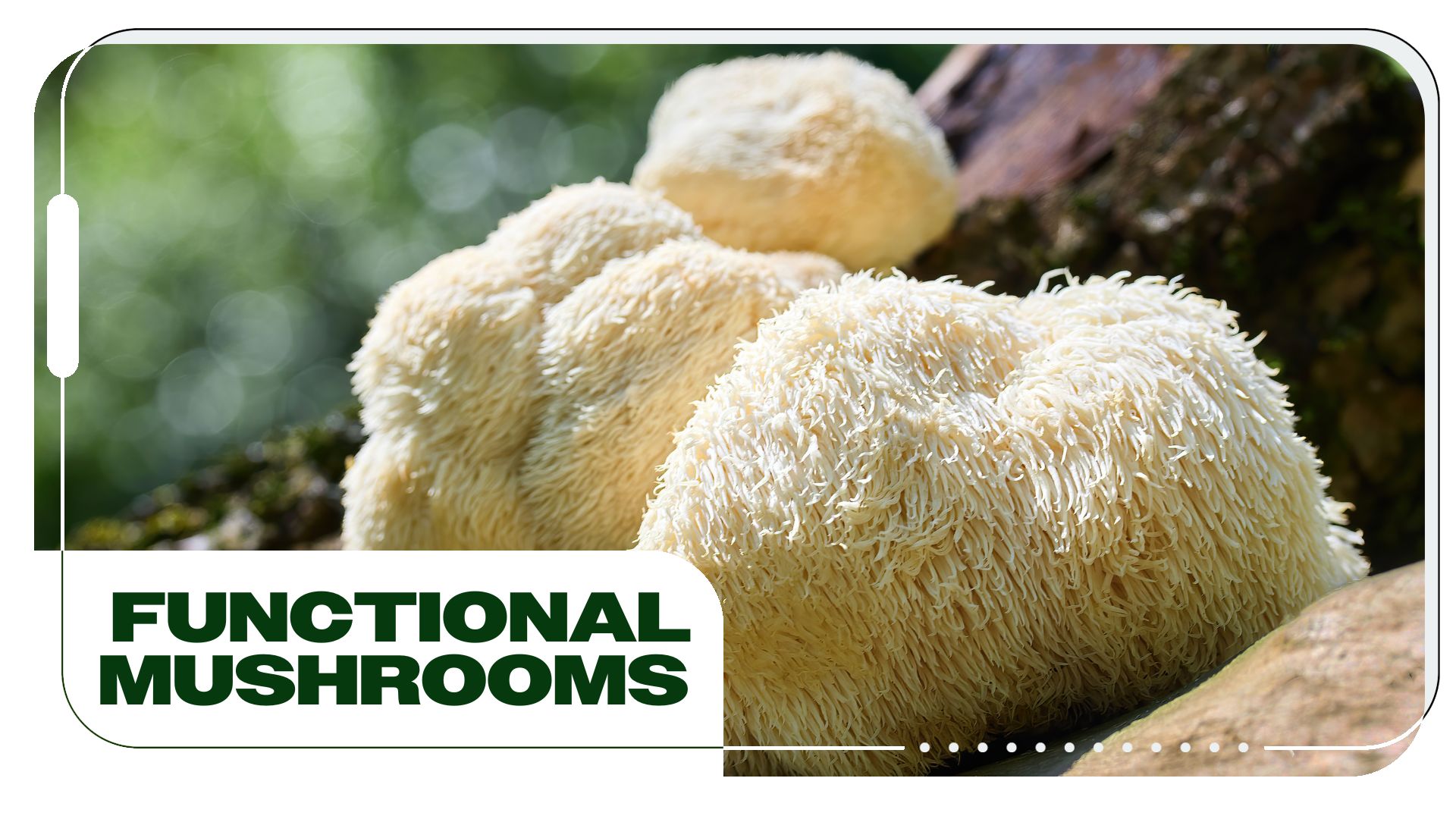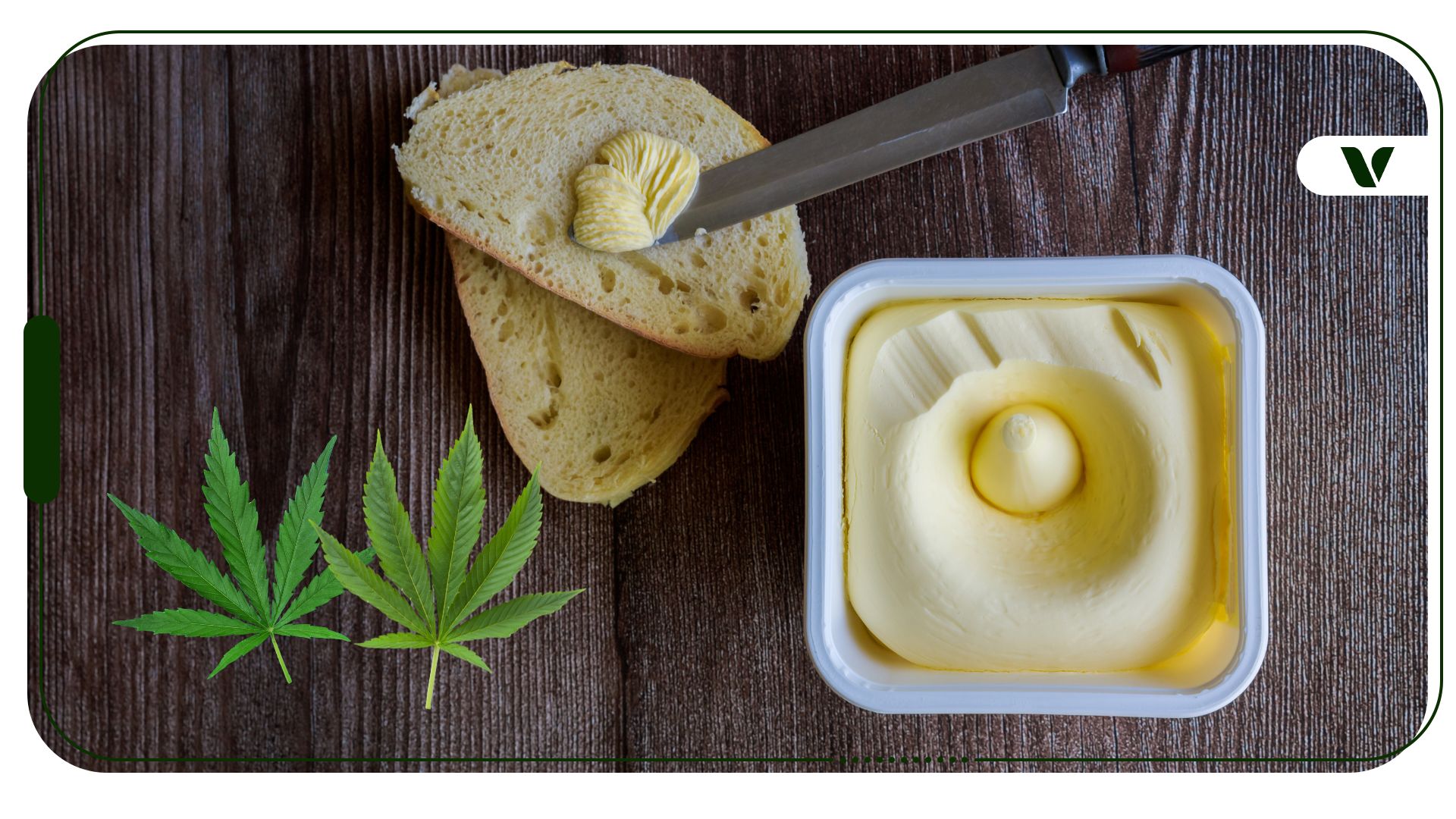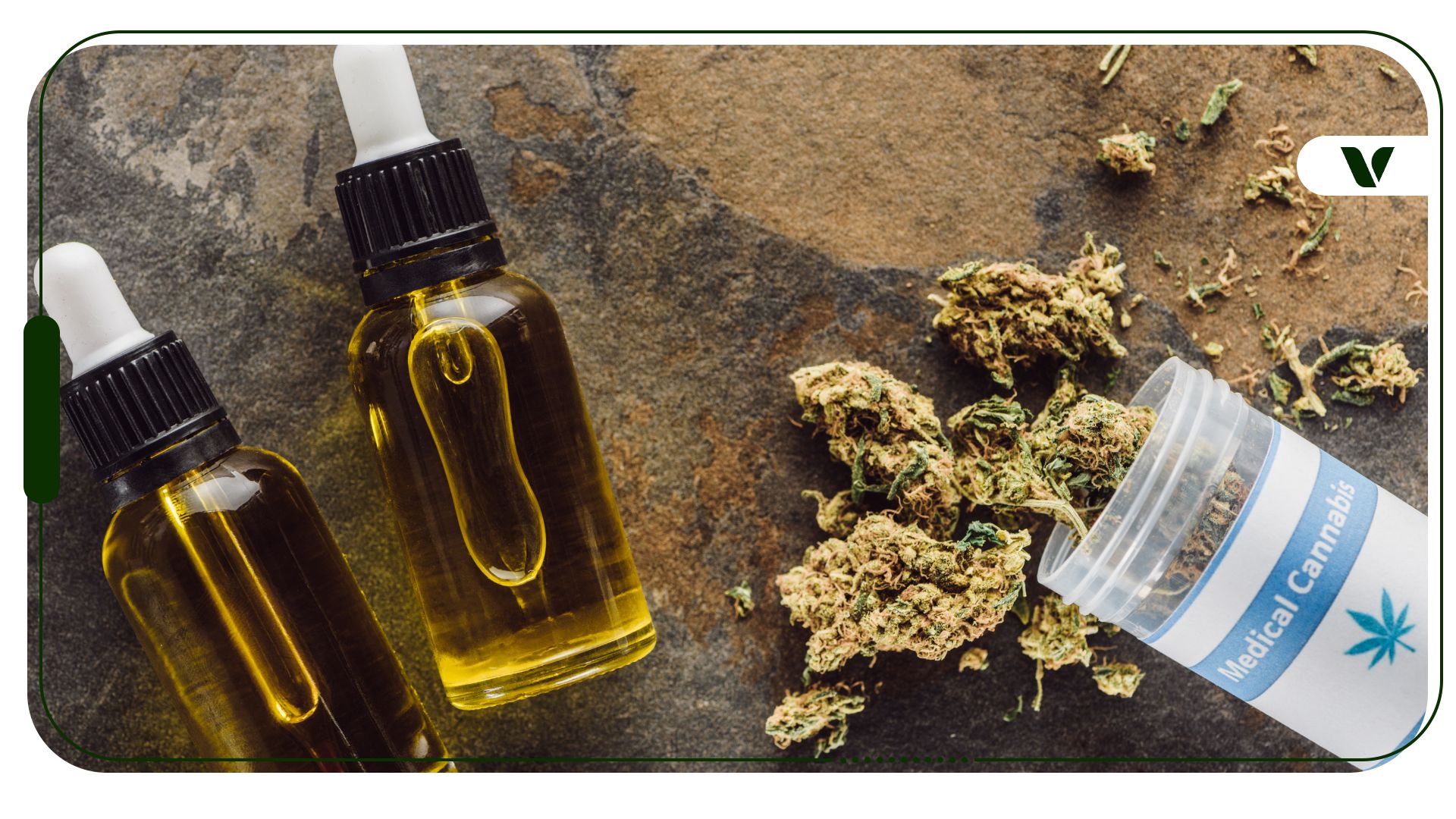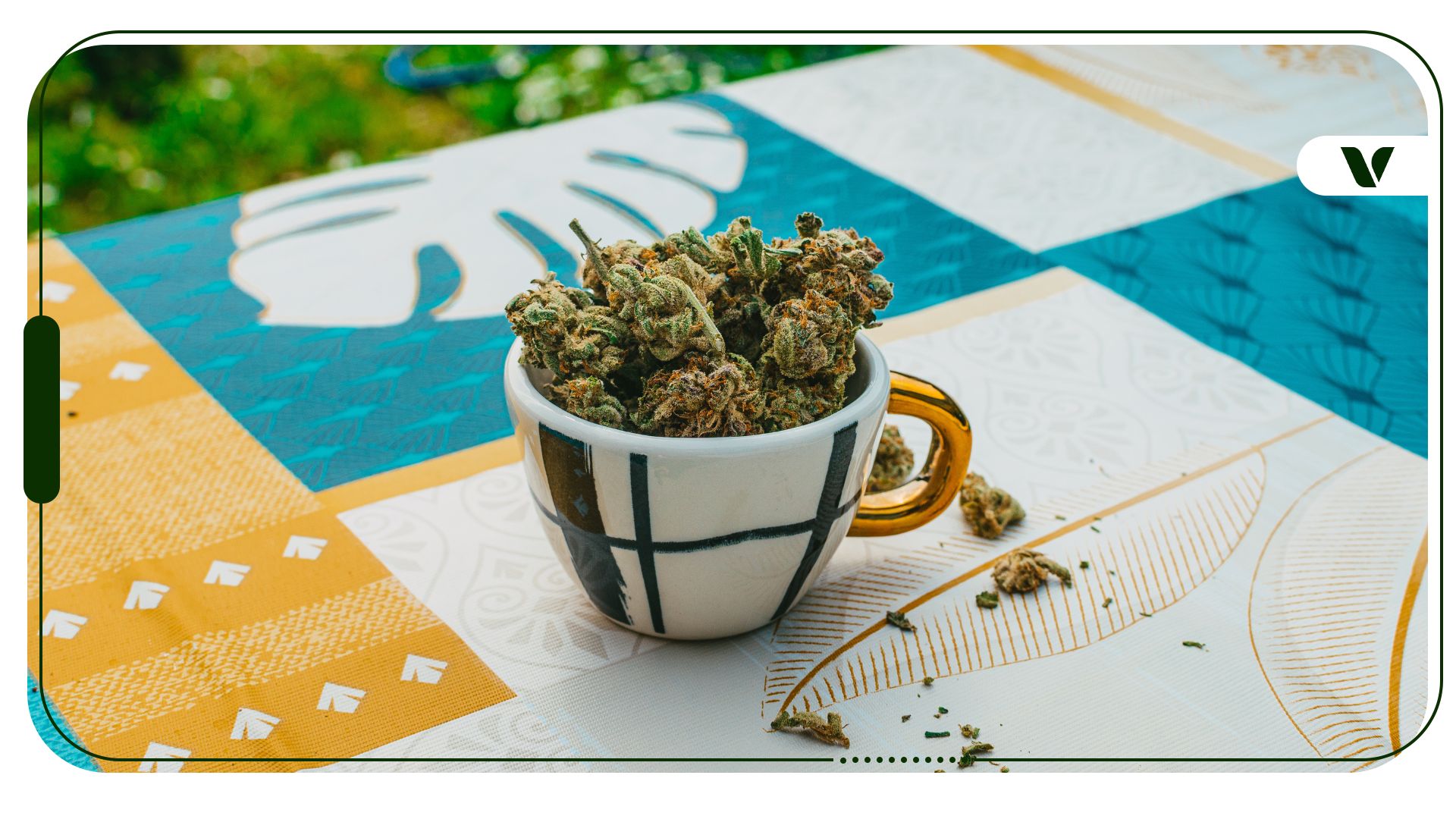TikTok has become a powerful platform for spreading health trends, with one of the latest social media fixations emerging in the form of so-called “functional” mushrooms. With exotic-sounding species including cordyceps, reishi, chaga, and lion’s mane, functional mushrooms are appearing everywhere, fueled by the endorsement of influencers who preach mushroom benefits ranging from boosting energy and endurance to enhancing focus and immunity.
As influencers talk about their personal experiences, creative recipes, and daily habits for viewers who want to adopt healthier lifestyles, mycological medicinals have exploded in popularity. Try searching the hashtag “lion’s mane” on TikTok, and you will find over 189 million videos.
Because TikTok users characteristically communicate using short, captivating videos, the platform is a place where both information and misinformation can spread swiftly, so potential consumers of functional mushrooms need to investigate evidence-backed information about the health claims being circulated about these fungi. This article is intended to sort out the details on functional mushrooms, separating wellness fact from fiction to explore whether these fungi are truly special or just another healthy lifestyle fad.
What Are Functional Mushrooms?
First, it is important to clarify what it even means for a species to be labeled a “functional” mushroom. This is not a biological or technical category based on common genetics or compounds shared between species; instead, functional mushrooms are termed “functional” because they are consumed for their high content of various health-promoting compounds.
Functional mushrooms differ from culinary mushrooms, like button, cremini, and portobello, insofar as culinary mushrooms are primarily enjoyed for their earthy flavor and rich texture in cooking. Culinary mushrooms, although they contain nutrients like B vitamins, selenium, fiber, and protein, are not typically associated with targeted health benefits or enhancement beyond how they contribute to general nutrition. Functional mushrooms such as reishi, lion’s mane, chaga, and cordyceps are consumed for certain bioactive compounds, such as polysaccharides (particularly beta-glucans), triterpenoids, and antioxidants, which are believed to provide specific health benefits.
While culinary mushrooms are used for cooking and flavoring nutritious dishes, functional mushrooms are not typically used for their taste due to their often bitter or woody flavors. Instead, they are taken for various targeted wellness uses as supplements, teas, or tinctures.
Another distinction must be made between functional mushrooms and psychedelic or “magic” mushrooms. Unlike another class of mind-altering mushrooms known for their psilocybin content, functional mushrooms do not produce the psychedelic effects or hallucinations that traditional “magic” mushrooms are famed for.
Why You Should Get Your Medical Marijuana Card
Veriheal has satisfied millions of patients nationwide by giving them access to these benefits
- Larger purchase limits
- Peace of mind
- Enhanced legal protection
- Access to higher potency strains
- Save up to 25% on cannabis purchases
- Skip the line at the dispensary
Common Types of Functional Mushrooms
There are many types of functional mushrooms, but a few are more popular than others. Since there are millions of different types of fungi, there is also potential for more functional mushrooms to be discovered in the future.
- Lion’s Mane (Hericium erinaceus): An edible mushroom native to North America, Europe, and East Asia, lion’s mane has been used widely as a food and traditional herbal medicine for centuries. With a distinctive appearance featuring long, dangling, shaggy strands, this mushroom resembles a white pom-pom and has a variety of amusing names, like “bearded hedgehog.” This fungal species feeds primarily on dead trees in the wild, but contemporary growers have been experimenting with artificial cultivation of lion’s mane using a variety of techniques enriching sawdust with rye grain, sawdust, or soybean meal. There are myriad potentially beneficial compounds found in these mushrooms currently under scientific investigation, but most of the online hype regarding lion’s mane touts the neuroprotective benefits offered by consuming this functional mushroom.
- Reishi (Ganoderma lucidum): This mushroom has been used to treat a range of ailments in Chinese traditional medicine for over 2000 years. Often prescribed to promote longevity and vitality, reishi is referred to in Ancient Chinese texts as the “mushroom of immortality,” and it’s often depicted in art as a symbol of health and longevity in both Chinese and Japanese cultures. A plethora of active compounds can be identified in this mushroom, with the most significant and most scientifically understood bioactive substances in reishi being polysaccharides and triterpenoids.
- Cordyceps (Cordyceps sinensis/ Cordyceps militaris): Cordyceps sinensis is one of the most scientifically well-known of the more than 700 fungal species belonging to the Cordyceps genus. A parasitic fungus with a unique life cycle, Cordyceps reproduces and develops via insect hosts who are eventually taken over by the fungus, giving Cordyceps its spooky nickname, the “zombie fungus.” Cordyceps usually target a particular species to infect, and as its spores invade the host, the insect’s tissue is eventually replaced with fungal growth. Finally, a small, finger-like fruiting body (the mushroom) emerges from the insect’s head, releasing spores to infect more individuals and continue the cycle. Because C. sinensis must be harvested from gathering numerous infected wild caterpillars in the Tibetan plateau, it is the world’s most expensive mushroom, going for around $20,000 per kilogram (Although this may change–recently the cultivation of C. sinensis mushrooms has been successfully established at laboratories in southern China where environmental conditions of wild Tibetan alpine meadows have been recreated for the fungus). On the other hand, C. militaris has also been widely studied by modern science, and its compatibility with artificial cultivation methods has made it a less expensive alternative to C. sinensis.
- Chaga (Inonotus obliquus): Used as a traditional medicine in Russia back during the 16th century, Chaga is a parasitic fungus found primarily in cold climates like Siberia, northern Europe, and North America. The Chaga mushroom develops as a dark mass reminiscent of burnt charcoal on the outside of a host tree with vibrant orange tissue hidden within. This slow-growing mushroom is also host to a range of active chemical components, particularly antioxidant and anti-inflammatory compounds, such as polysaccharides and triterpenoids.
Potential Health Benefits of Functional Mushrooms
Influencers and health advocates have championed functional mushrooms for their purported health benefits, which include:
- Immune Support: Functional mushrooms are rich in complex carbohydrates known as polysaccharides, which researchers believe significantly contribute to the medicinal properties provided by mushrooms. In particular, beta-glucans, found both in functional mushrooms and various culinary mushrooms, have attracted attention in recent years for their potential to elevate and support immune function. Beta-glucans have been shown to activate various immune cells, increasing the production of numerous antibodies that better prepare the body to repel diseases. Beta-glucans are also being studied for their anti-inflammatory and antitumor properties, and are widely used in the treatment of certain types of cancer.
- Cognitive and Mental Health: Lion’s Mane has received increasing scientific attention due to the mushroom compounds’ neuroprotective properties, which have been linked to cognitive benefits, like memory improvement and neurogenesis. Studies suggest Lion’s mane in particular may promote the production of neurotrophic factors, which are proteins involved in nerve cell generation and regulation processes. Because of these cognitive benefits, researchers see the Lion’s mane mushroom as a promising resource for developing antidepressant drugs and new treatments for Alzheimer’s disease.
- Energy and Endurance: Cordyceps mushrooms are sometimes endorsed as performance enhancers for athletes looking to increase their energy levels and reduce muscle fatigue. There is some evidence from animal studies that cordyceps can enhance exercise performance by increasing ATP production, which is essential for energy during physical activity. Another small study from March has indicated that cordyceps supplementation can also substantially reduce recovery time for exercise-induced muscle damage.
- Antioxidant Properties: Many mushroom species contain numerous valuable bioactive compounds that provide antioxidant effects, including flavonoids, terpenoids, and phenolics. When cells use oxygen to generate energy, by-products are released in the form of free radicals as a consequence of ATP (adenosine triphosphate) production by mitochondria. At high concentrations, these radicals result in oxidative stress, a destructive process that can harm all cell structures and is associated with chronic and degenerative ailments including arthritis, cardiovascular and neurodegenerative disorders, premature aging, diabetes, as well as various types of cancer. The various antioxidant bioactive compounds found in mushrooms can fulfill vital roles in removing free radicals in the body, thus reducing or eliminating the occurrence of destructive oxidative stress.
As with any trend, especially those promoted on social media, it’s recommended to approach functional mushrooms with a critical eye. While early research on medicinal mushrooms, further accompanied or followed by in vivo studies using animal models, has suggested that these mushrooms potentially offer a range of promising health benefits, evidence from clinical research on humans is still scarce. This also means there is not enough evidence to draw strong general conclusions about how these mushrooms would affect a broad and diverse sample of people because available studies have been small and targeted to specific populations.
Particular mushroom species or additives in supplements can also potentially trigger allergic reactions in certain people. Likewise, certain medications may not interact harmoniously with compounds found in these mushrooms. Therefore, as always when considering a new supplement or health product, make sure to consult with a healthcare professional regarding any concerns about mushroom safety for your health.
Shopping for Functional Mushrooms: What to Know Before You Buy
In the rapidly expanding market for functional mushrooms, which is projected to grow by $30 billion over the next eight years, the number of available and emerging options might seem overwhelming. Given that there are many kinds of functional mushrooms with varying medicinal benefits, plus various methods for consuming these mushrooms, along with an expanding inventory of available brands, the task of narrowing down your potential product choices requires some research not only on the functional mushrooms themselves but also into the different ways you can take these mushrooms.
In this section, we present some useful information to consider in advance when deciding on a functional mushroom product that will best match your preferences and intentions.
Ways to Consume Functional Mushrooms
- Supplements: Capsules are popular due to their convenience. One capsule can contain multiple ground mushrooms, which you can take routinely like a vitamin. The benefit of capsules is that they are convenient and won’t taste bad, but processing mushrooms into powder can negatively affect beta-glucan levels, so mushroom supplements may not deliver the same benefits as eating the whole mushroom. Make sure to do some research and select supplements from reputable brands.
- Tea, coffee, and smoothie blends: Mushroom powder and extracts can also be incorporated smoothly into a hot or blended beverage. Be aware that these powders often retain the mushrooms’ original flavor, which can be interesting to experiment with flavoring your concoctions, but these flavors can also be displeasing, which will not make you very inclined to take your daily mushrooms! These powders also can lose important nutrients through the extraction process, like in the case of supplements.
- Culinary Experiments: While many functional mushrooms are considered unpalatable in their natural form, some can be added to foods, and this method of mushroom consumption may be the ideal route to getting the most benefit out of your mushrooms. You can get creative and use functional mushrooms to make a stew, a batch of homemade protein bars, or even ice cream from scratch.
Selecting a Quality Source:
When selecting functional mushroom products, obtaining products from quality sources is essential to ensure your product is safe and effective, as the FDA does not regulate supplements like functional mushrooms. Here are some general tips regarding what to look for when evaluating different functional mushroom products:
- Check the Active Compounds: A highly important indicator of quality in mushroom supplements is the presence of active compounds. Reliable products often provide a beta-glucan content percentage on their label, for example, so search for brands that make active ingredient information clear and available. Be aware that some products will boast high polysaccharide content, but these labels often conceal a product’s low beta-glucan levels.
- Sourcing Information: Also, it is advisable to choose brands that are transparent about where their mushrooms come from. Quality functional mushrooms will often be wild-harvested or organically grown to ensure that products are free of contaminants like pesticides or heavy metals. You should also be looking for products derived 100% from the fruiting bodies of the fungi, rather than the mycelia, because these contain most of the desirable beta-glucans. Brands that disclose more sourcing information, such as descriptions of a mushroom’s species, growing location, and cultivation methods, tend to provide higher-quality and more trustworthy products. Avoid products with scant detail and vague wording regarding the origin of the ingredients.
- Third-Party Testing: Aside from clear and detailed labeling, third-party testing for purity and potency can further confirm the absence of contaminants and verify the presence and potency of desirable active compounds. Ideally, you should opt for products with lab results available on the company’s website, as these measures indicate a business’ commitment to transparency and quality.
Functional Mushrooms: Fact vs. Fiction
While functional mushrooms offer promising benefits supported by emerging research, further trials involving human subjects are needed to warrant the sensationalized claims surrounding these mushroom types. While the functional mushroom trend on TikTok has captivated a following of people looking to enhance their health naturally, it’s essential to balance wellness enthusiasm with evidence-based understanding by doing your own research and consulting professionals, rather than uncritically buying into online trends. Remaining informed and cautious is the overall best strategy to ensure that you have a safe and educational experience as you approach trying out the functional mushroom trend for yourself.
Author, Share & Comments








